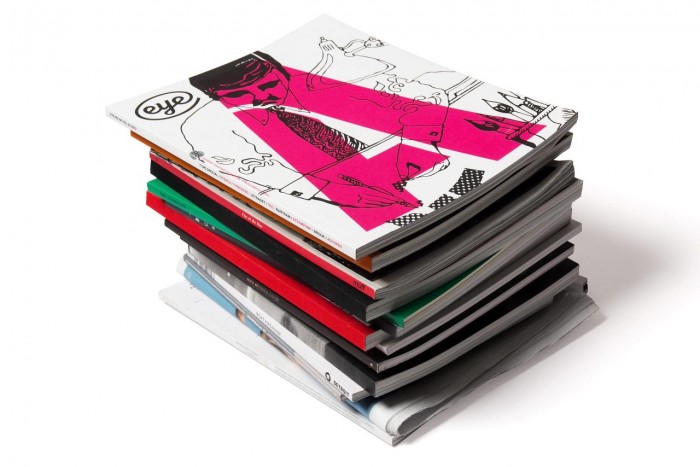This is article #21 out of 50 in The Startup Marketing Playbook.
 For a modern B2B startup, it almost seems taboo to consider advertising in print. After all, digital is more cost-effective, easier to measure and the way of the future. However, print can still be an effective part of a brand building and demand generation strategy. Let’s break down when it is appropriate to consider print:
For a modern B2B startup, it almost seems taboo to consider advertising in print. After all, digital is more cost-effective, easier to measure and the way of the future. However, print can still be an effective part of a brand building and demand generation strategy. Let’s break down when it is appropriate to consider print:
When you need to establish your brand
Brand recognition is this hazy, nebulous “thing” that CFOs often despise because it’s so difficult to measure real ROI. However, there is no doubt that if you are a startup, targets recognizing your brand is going to create more trust and accelerate conversion on content downloads and demo requests. Being seen in widely read industry print publications helps to build that trust and recognition.
When there are a distinct set of industry publications
A B2B startup placing a print ad in the New York Times is likely a poor use of marketing dollars. However, if your industry has niche publications that are widely read and respected by your targets, there is a lot of value in placing an advertisement. It’s an opportunity to reinforce your core messaging.
When you can gain access to PR
You often get VIP access to having your press releases included in publications in which you advertise. This can be particularly helpful if these publications have a wide reach among targets and if that reach extends from print to digital.
When you get additional digital advertising included
One benefit of print advertising is getting free digital advertising in the same package. Most industry publications have a print and digital presence. Their digital presence may include a high-traffic website and blog. This is a prime opportunity to distribute content to a wider audience and drive traffic back to your website.
When you have access to strong design resources
Print advertising is about sending a clear message that is memorable and resonates with your target persona. Design is a key part of making that happen. If your team lacks solid design resources, it may be best to hold off on print.
What makes a good print ad?
Focus on simple, core messaging
A good print ad is extremely simple, hammering home your core messaging. The worst print ad has a large amount of small text, describing details of your product. People flip through magazines quickly — you need something bold that catches their eye and can be digested within seconds.
Have a clear call-to-action
Magazines lack the holy grail of online content: the CTA button. Therefore, you need to build a call-to-action into your print ads that drive targets to your website. It might be a special offer or unique URL from which you can measure traffic.
A/B test print ads
To understand which print ads are most effective, consider trying different iterations (design, copy) and different industry publications. If you use a unique landing page URL in each ad (shortened of course to make it easy to type), it’ll be easier to track effectiveness of each ad. Keep in mind, some ads might be better for just raising brand awareness and the conversion may happen later on a different landing page. In that scenario, the unique URL is useless for measurement.
Rotate messaging and design every 2 months
To keep your ads fresh, it’s best to rotate the design and copy about every 2 months. This is of course dependent on your access to design resources. Not everyone will see the ad the first time, so 2 months (i.e. magazine issues) typically covers it.
How to get started?
Plan for $2,500 per publication per month
While pricing may vary, print ads are often quite expensive in mainstream industry publications. We’re talking about roughly $2,500 per publication per month.
Negotiate for lower rates and additional services
The key to making that $2,500 line item in your marketing budget more reasonable is getting additional content and digital marketing included in your advertising I/O (insertion order, i.e. contract). This might include additional sponsored content in the publication (i.e. a profile on your CEO) or display ads on the publication’s blog.
Build a relationship with the publication
Ultimately, print advertising helps you build a strong relationship with the publication. This is tremendously helpful for being included in articles, distributing your press releases, speaking at events and generally being a part of the industry community.
While print advertising is expensive and difficult to measure, under the right conditions it is a reasonable component of a successful B2B marketing budget.